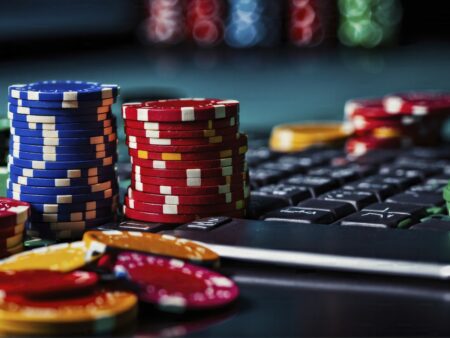Master the skill of poker bluffing and become a formidable opponent at the poker table. Learn the techniques, types of bluffs, and how to read your opponents.
Mastering the Skill of Poker Bluffing
Have you ever watched a poker player confidently bet a large sum of money, only to find out later that they had nothing in their hand? It’s a move known as a bluff, and it can be one of the most effective strategies in poker. Bluffing is an art form that can take years to master, but with the right techniques and practice, you too can become a skilled bluffer at the poker table.
Understanding the Basics of Bluffing
Bluffing is the act of making a bet or raise with a weak hand in order to deceive your opponents into thinking you have a strong hand. The goal is to get your opponents to fold, allowing you to win the pot without having to show your cards.
There are several factors to consider when bluffing in poker:
- Your position at the table: Bluffs are more effective when you are the last player to act, as you have more information about the other players’ actions.
- The strength of your opponents’ hands: Bluffs are more likely to succeed when your opponents have weaker hands.
- The size of the pot: Bluffs are more effective when the pot is large, as your opponents have more to lose if they call your bet.
Types of Bluffs
There are different types of bluffs that you can use in poker:
- Semi-bluff: This is when you have a hand that is not strong enough to win at the showdown, but has the potential to improve on later streets. By bluffing with a semi-bluff, you have a chance of winning the pot immediately if your opponents fold, or improving your hand and winning at the showdown if they call.
- Pure bluff: This is when you have a hand that has no chance of winning at the showdown, but you bluff anyway. Pure bluffs are riskier, as you have no chance of winning if your opponents call.
- Steal bluff: This is when you bluff to steal the blinds or antes without having to see a flop. Steal bluffs are most effective in late position when the players before you have folded.
Reading Your Opponents
One of the key skills in bluffing is being able to read your opponents and determine whether they are likely to fold or not. Here are a few things to look out for:
- Weak players: Weak players are more likely to fold to a bluff, as they are afraid of losing their chips.
- Tight players: Tight players are more cautious and are less likely to fold to a bluff.
- Stack sizes: If your opponent has a short stack, they are more likely to fold to a bluff, as they do not want to risk their remaining chips.
- Table image: If you have a tight table image, your opponents are more likely to respect your bets and fold to your bluffs.
Bluffing Frequency
Bluffing too frequently can be a costly mistake. If your opponents catch on to your bluffing tendencies, they will be more likely to call your bets, making your bluffs less effective. It’s important to mix up your play and bluff strategically to keep your opponents guessing.
Practice Makes Perfect
Bluffing is a skill that takes time and practice to develop. It’s important to start small and gradually increase your bluffing frequency as you become more comfortable. By observing your opponents and learning from your successes and failures, you can become a master bluffer at the poker table.
So, the next time you sit down at a poker table, remember to keep your poker face on, trust your instincts, and don’t be afraid to bluff. With the right skills and strategies, you can become a formidable opponent and take your poker game to the next level.










